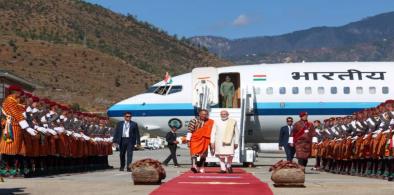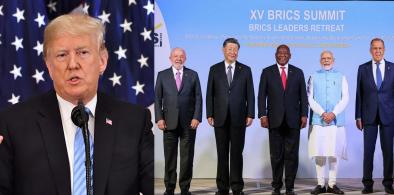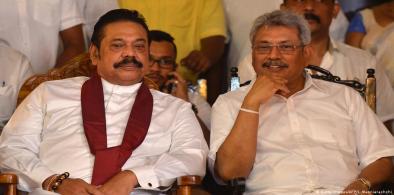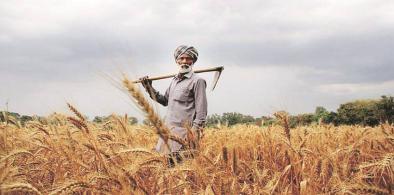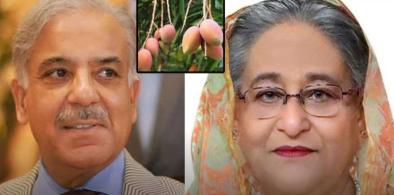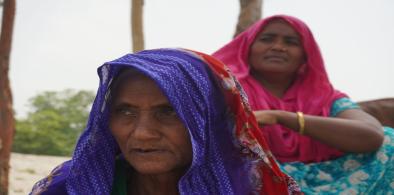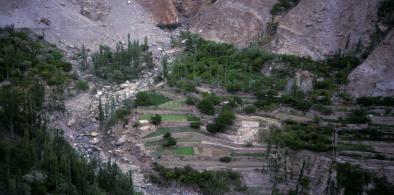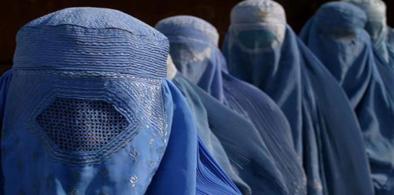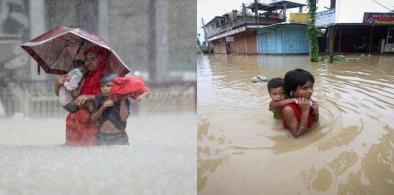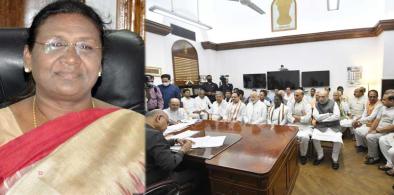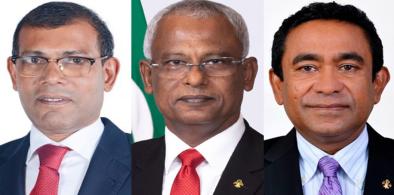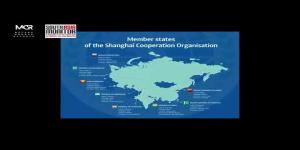India also no longer capitalizes adequately upon her best known international icons such as Mahatma Gandhi, writes Amb Sarvajit Chakravarti (retd) for South Asia Monitor
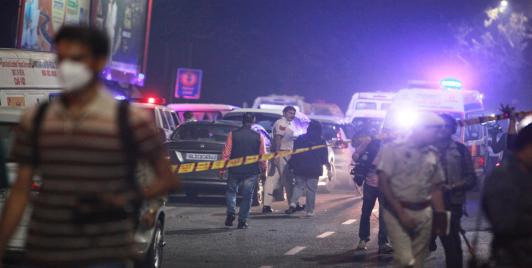
Delhi Terror Attack: India Needs To Foster Truly Inclusive National Identity To Bridge Security Gap
When minorities feel alienated or discriminated against, their distrust of state institutions grows, undermining the social fabric essential for national security. Strengthening this fabric involves upholding constitutional equality and ensuring no community feels marginalised. By fully integrating minorities as valued members of the national community, India can diminish the impact of radical ideologies and foster a genuinely resilient society united against terror threats.
India-Bhutan Relationship Offers A Constructive Model For South Asia And A Peaceful Himalayan Region
Beyond India–Bhutan relations, the visit conveys a wider message to South Asia: cooperation grounded in respect, development, and stability remains essential in an uncertain global environment. As the region evolves, India appears to recognize the importance of maintaining strong partnerships without pressuring smaller neighbors or escalating strategic competition.
Red Fort Blast: India Facing A New Form Of Jihad?
The involvement of four doctors, one of whom allegedly executed the Red Fort blast, indicates a model that blends 'inspired' radicalisation with limited external facilitation. Interactions with certain outfits, Kashmiri terror commanders, and external handlers—if confirmed—point to an infrastructure that encourages attacks while maintaining plausible deniability.
The Nuclear Reckoning: Moment Of Awakening For India
It is time for India, along with like-minded nations across Asia, Africa, and Latin America, to articulate a shared agenda of non-alignment 2.0, not as a posture of neutrality but as a strategy of autonomy. The original Non-Aligned Movement (NAM) emerged from the Cold War’s bipolar tension; its modern counterpart must respond to multipolar volatility.
Sri Lanka’s spectacular uprising: Dismantling of its most powerful political family
Instability in Sri Lanka is not in India’s interests but at the same time it offers New Delhi an opportunity to help its strategic neighbour emerge from the epic mess it finds itself in, writes Mayank Chhaya for South Asia Monitor
Food security in South Asia: India must act as ‘annadata’ for region
As South Asia is now better connected, ensuring BBIN food security will become even easier with packaging centres set up in each country with its own distribution, writes Amb Sarvajit Chakravarti (retd) for South Asia Monitor
Sheikh Hasina's mango diplomacy with Pakistan; Islamabad must reset ties with Dhaka
Fifty years after the separation of what was then East and West Pakistan in 1971, the exchange of mangoes is a sign that friendly ties between Pakistan and Bangladesh are possible, writes Samina Akhter for South Asia Monitor
A desperate Sri Lanka knocks at every door: Global geopolitics compounds a nation’s woes
Barring India, no other supposed ally has so far come forward to help assist Colombo in a big way. New Delhi, with its obvious strategic stakes and interests in keeping the country afloat, has so far extended assistance worth around $4 billion -- something China has also acknowledged, writes Shraddha Nand Bhatnagar for South Asia Monitor
Vagaries of life on the river islands of Bangladesh: Char residents have little access to government schemes
The chars formed as the Brahmaputra, Ganga and other rivers brought silt down from the Himalayas. The river islands are so fertile that they have been fought over for centuries
Crimes in the name of religion : Two wrongs don't make a right
Today, while a large section of the Muslim community lives in intimidation and fear, at the same time there are elements like Riyaz Ansari and Ghouse Mohammad whose insanity is not only a blot on Indian Muslims but also is totally contrary to the sayings in Koran that if you kill a single innocent person, it is like killing the whole humanity, writes Dr Ram Puniyani for South Asia Monitor
India should aim to be a role model in renewable energy to mitigate climate change impact
Solar roofed buses may be handy in providing mobile primary healthcare, primary and adult education, agricultural extension services and training, even telecom and TV connectivity in rural and far-flung areas across South Asia and Africa, writes Amb Sarvajit Chakravarti (retd) for South Asia Monitor
Now climate change hits farmers in mountainous areas of Pakistan
This year, an early and hotter start to the summer has forced a change in the crop cycle in Gilgit-Baltistan, high up in the Hindu Kush Himalayas
Desperate Afghan women committing suicide - as a regressive Taliban cocks a snook at global opinion
Despite public statements by a few senior Taliban leaders supporting girls' education, there has been little indication of any progress. The group's core leadership, dominated by hardline clerics, seems bent on pushing through gender discriminatory policies, writes Shraddha Nand Bhatnagar for South Asia Monitor
Need to take a holistic approach to flood control in South Asia
Over 54 major watercourses draining excess water from South Asia into the Bay of Bengal flows through Bangladesh, to which is added its own share of rainfall, writes Ambassador Sarvajit Chakravarti (retd) for South Asia Monitor
Sri Lanka's tourism industry, once a growth engine, struggles for survival
For Sri Lanka's tourism industry, the worst is yet to come. Experts say the downfall will continue as the energy crisis is unlikely to ease for months, writes Shraddha Nand Bhatnagar for South Asia Monitor
BJP fields an Adivasi president: A political masterstroke by Modi
It’s a win-win situation for the BJP in the Presidential election. It now evidently hopes to fully enlist the Adivasis in its expansionist plans while the Congress flounders without a sense of direction, writes Amulya Ganguli for South Asia Monitor
Islamist attack on Yoga Day: India-bashing and nationalist politics in the Maldives
India-bashing is a preferred pasttime for opposition politicians in countries like Bangladesh, Nepal and Sri Lanka, not to mention Pakistan and Afghanistan, writes N. Sathiya Moorthy for South Asia Monitor
Scramble for power and pelf: India’s elected representatives in an unedifying spectacle
Only adequate remuneration and commensurate punishment for infringement can the practice of illegal gratification be significantly reduced, if not eliminated, writes Amb Sarvajit Chakravarti (retd) for South Asia Monitor


